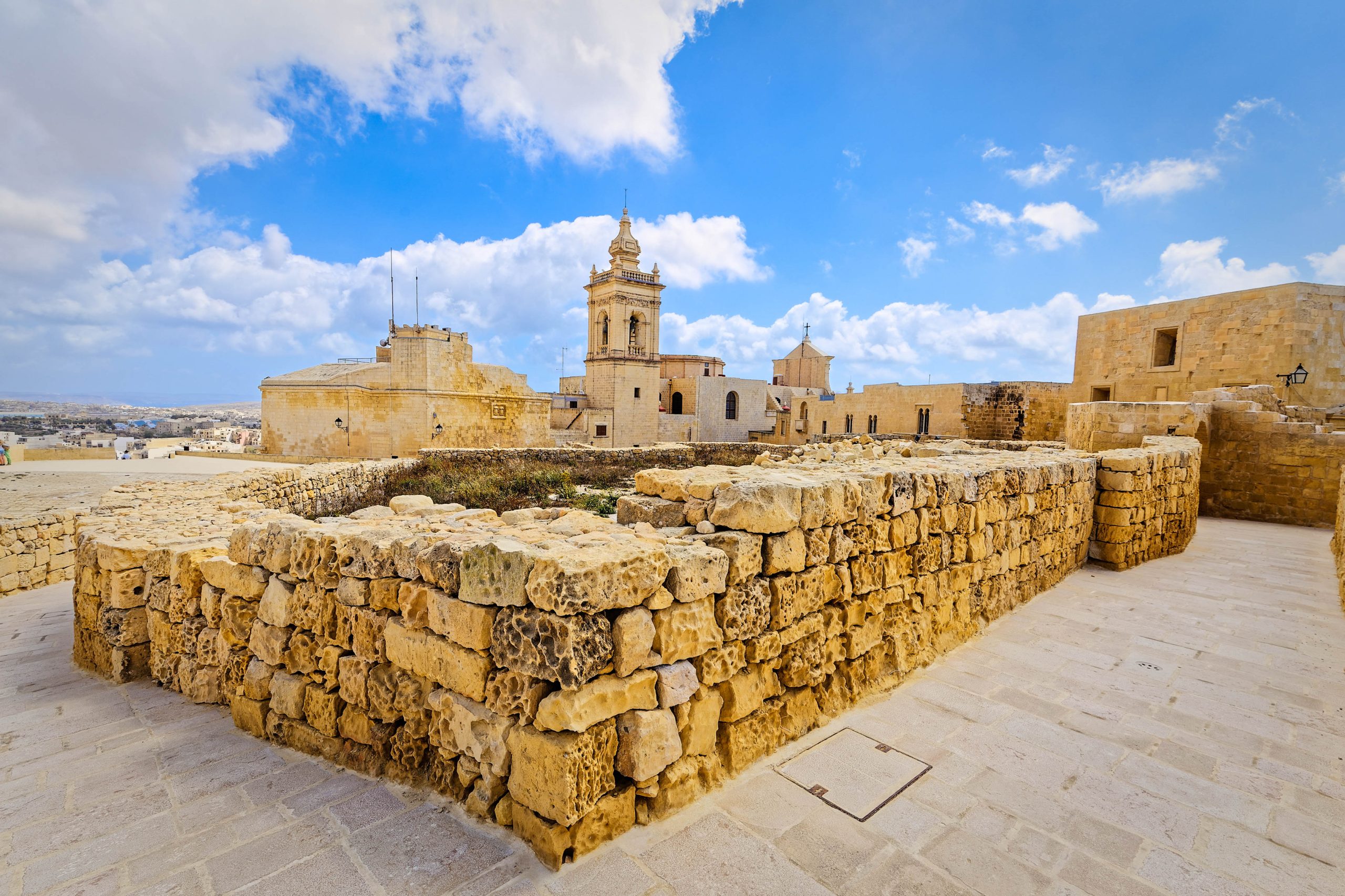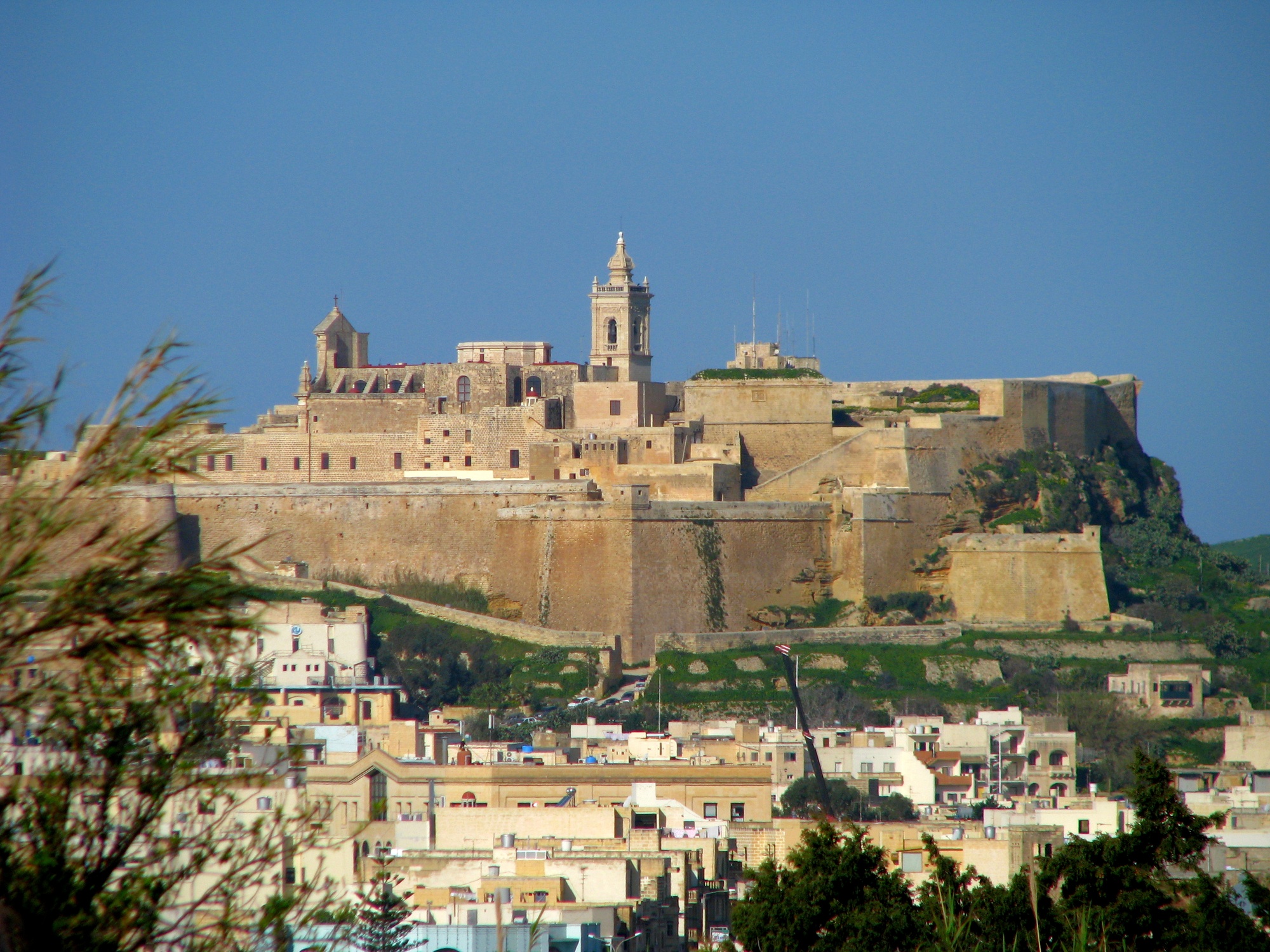Gozo’s Citadel, with its imposing hilltop fortress, reflects a rich history of swords and scimitars. Bathed in soft amber light, it offers panoramic views of lush greenery rolling down to the deep blue sea, evoking a scene from Scheherazade’s Arabian Nights. It’s easy to imagine characters from Persian folklore flying through its winding streets on a magic carpet.
I believed we had explored every corner.
However, last week, we discovered three massive hidden silos carved into the monumental rock walls. These enormous, tear-shaped structures, taller than two double-decker buses, were constructed in the early seventeenth century during the era of the Knights to store grain for bread—the island’s staple food—should the population be besieged by Ottoman raiders. They served this purpose for over 200 years. In 1877, the British repurposed these silos as storage for water from the Ghajn Luqin spring at Xaghra, channeling it across the Marsalforn valley. They functioned as a city reservoir until 1980, storing 100 tonnes of water for not only Rabat/Victoria but also villages including Gharb.
While these vast underground vessels were once accessed from their tops, visitors can now enter and move between them via narrow tunnels. Standing at the bottom of the cavernous, red bell-shaped interiors, deep within the medieval walls, the space resonates with an eerie beauty. It feels as if you’re deep in the center of the earth or inside a giant medieval stone beast, the organic-red hue a reminder of how these silos sustained the life of the citadel and the island beyond in years past.
Below the 100 tonnes of water stored in the silos, the citadel’s walls also served as war shelters during the Second World War. Island residents and refugees from Malta sought sanctuary from aerial attacks in these spaces. One small series of rooms was hollowed from the sides of an old passageway—the same passage that now leads to the silos—situated between a golden courtyard and an old bastion stocked with ancient iron cannons and panoramic views.
Outside, carved into the outer surface of these same walls, we paused to examine nineteenth-century graffiti, from dated initials to a ship progressing across the golden stone. I was particularly excited to find a horse cantering beneath the midday sun, a handspan in length. While he may commemorate the annual horse race up Republic Street for the Santa Marija feast, standing in this extraordinary spot, it seems more likely we’ve found the enchanted horse ridden across the sky by the Prince of Persia, here in the heart of the Middle Sea.



